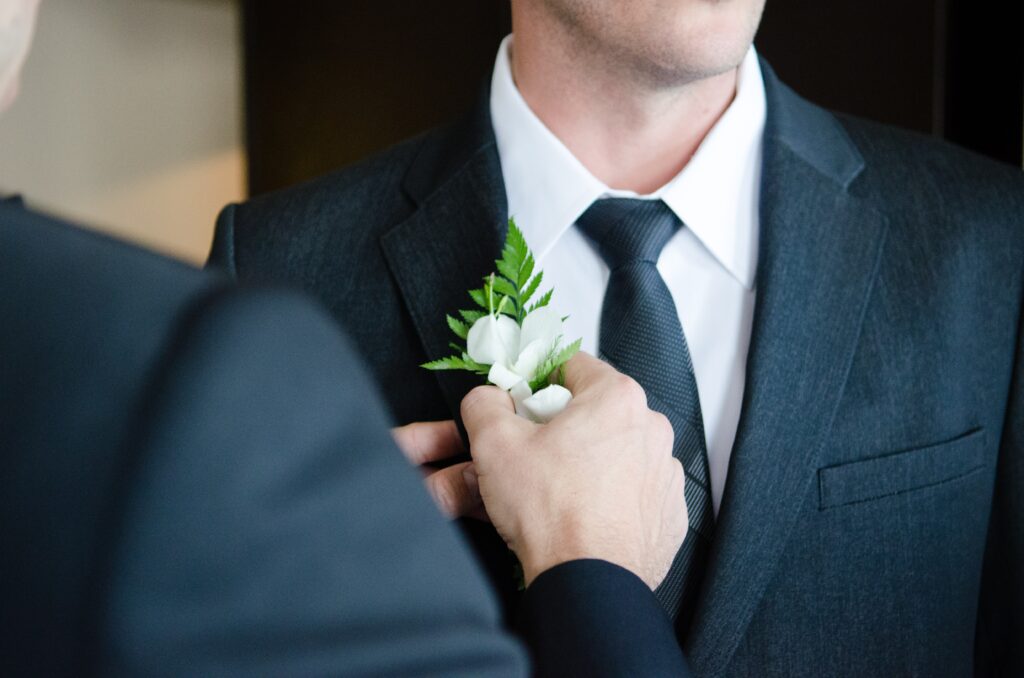Got an invitation for an event and it specifically indicated that it is a White-tie event. Or perhaps a Black-tie event? Don’t panic! In this blog, you’ll get to explore the formal dress code used for special events and the different events that call for different formal dress styles.
1. Morning or Day wear / White Tie Formal Attire
– This is the most common formal dress code. In fact, if you thought the black tie was formal, you are about to get a big shock.
The undisputed formality champion is a white tie. An important occasion or an indication that the visitors are titled, royal, or of great social standing is required for a white tie dress code.

2. Black-Tie Formal Attire
– A black tie dress code requires more than just a black tie. The suggested attire differs from the traditional suit and tie of the business/lounge/wedding suit in terms of formality. In addition to referring to one of the few still-practical formal dress rules, it also conveys significance for events like award ceremonies, milestone birthday parties, lavish weddings, and prestigious balls.
3. Black-tie Creative Attire
– A creative black tie dress code enables you to add a few pops of your individual style while yet maintaining a formal appearance. Utilizing various textures, prints, patterns, colors, or accessories can help you create a unique (but still classy) look for your creative black tie attire.
4. Black-tie Optional Attire
– There are a few formal alternatives in an optional black-tie dress code. Although a tuxedo is preferred, men may choose to wear a dark suit instead.

